
WHEN I began looking at the living things in my gardens, more than 25 years ago, I invested in lots of standard texts about beetles, bees, butterflies, slugs, birds and ladybirds. I wasn’t an entomologist, a naturalist or a scientist, but I wanted to know what these creatures did in my garden. Often the books were about collecting and dissecting these creatures, in order to categorise them into separate species.
One Rothamsted Research scientist, Dr H.F. Barnes, had the perfect opportunity to do some first-hand observation when he was an air-raid warden in the Second World War in Harpenden, Hertfordshire. When nights were warm and damp, Dr Barnes looked at slugs in ordinary suburban gardens. He shone his torch on the ground and walked for 30 minutes, collecting and identifying the slugs he found. He identified 100,000 slugs in 50 gardens in the Moreton End area while on patrol.
This story is from the May 30, 2020 edition of Amateur Gardening.
Start your 7-day Magzter GOLD free trial to access thousands of curated premium stories, and 8,500+ magazines and newspapers.
Already a subscriber ? Sign In
This story is from the May 30, 2020 edition of Amateur Gardening.
Start your 7-day Magzter GOLD free trial to access thousands of curated premium stories, and 8,500+ magazines and newspapers.
Already a subscriber? Sign In
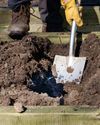
To dig or not to dig?
Should we be carrying out a full dig on plots now? Bob considers the pros and cons of the 'autumn dig' debate
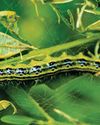
The box ball blues
As if his beleaguered box hadn't already taken a beating, Toby now has to deal with some hungry box caterpillars
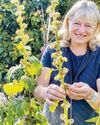
Save your own seeds
Masterclass on: seed saving
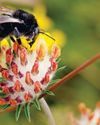
Strange sightings
Three unusual insects turn up in Val's garden in one day
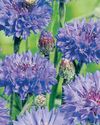
A bolt from the blue!
Cornflowers are perfect for garden and vase
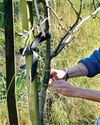
Winter moth prevention
Ruth shows you how to avoid maggoty tree fruits
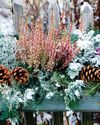
Create a winter container
There are as many options as in summer
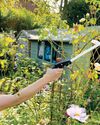
Lightweight gardening tools
AS well as being good for our mental health, gardening is also great exercise.
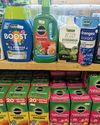
Autumn price round-up
AG finds better bargains in lesser-known brands
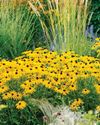
Rudbeckias
Rudbeckias are ideal for sunny summer patios and borders, with some able to survive our coldest winters